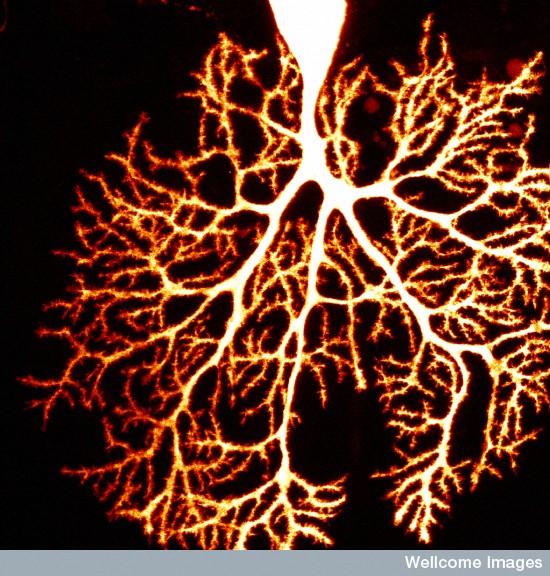


We show that I h channels facilitate the action potentials of layer V pyramidal cells in response to proximal dendritic stimulus while they hinder the action potentials in response to distal dendritic stimulus at the apical dendrite. In this work, we build upon existing biophysically detailed models of thick-tufted layer V pyramidal cells and model the effects of over- and under-expression of I h channels as well as their neuromodulation. These effects are difficult to measure experimentally due to the fine spatiotemporal landscape of the I h activity in the dendrites, but computational models provide an efficient tool for studying this question in a reduced but generalizable setting. Previous observations and theories attribute opposing effects of the I h channels on neuronal excitability due to their mildly hyperpolarized reversal potential.

I h channels are targeted by multiple neuromodulatory pathways, and thus are one of the key ion-channel populations regulating the pyramidal cell activity. Dendrites of cortical pyramidal cells are densely populated by hyperpolarization-activated cyclic nucleotide-gated (HCN) channels, a.k.a.


 0 kommentar(er)
0 kommentar(er)
